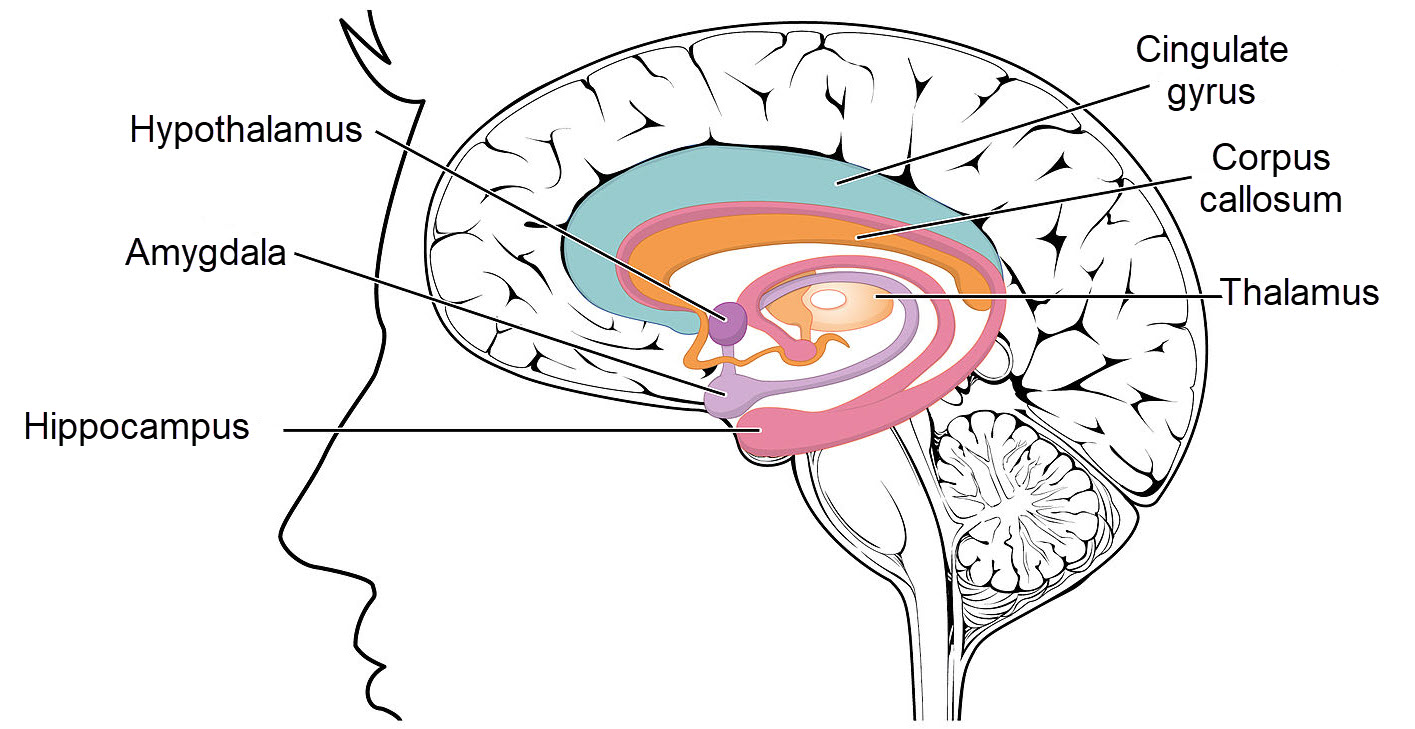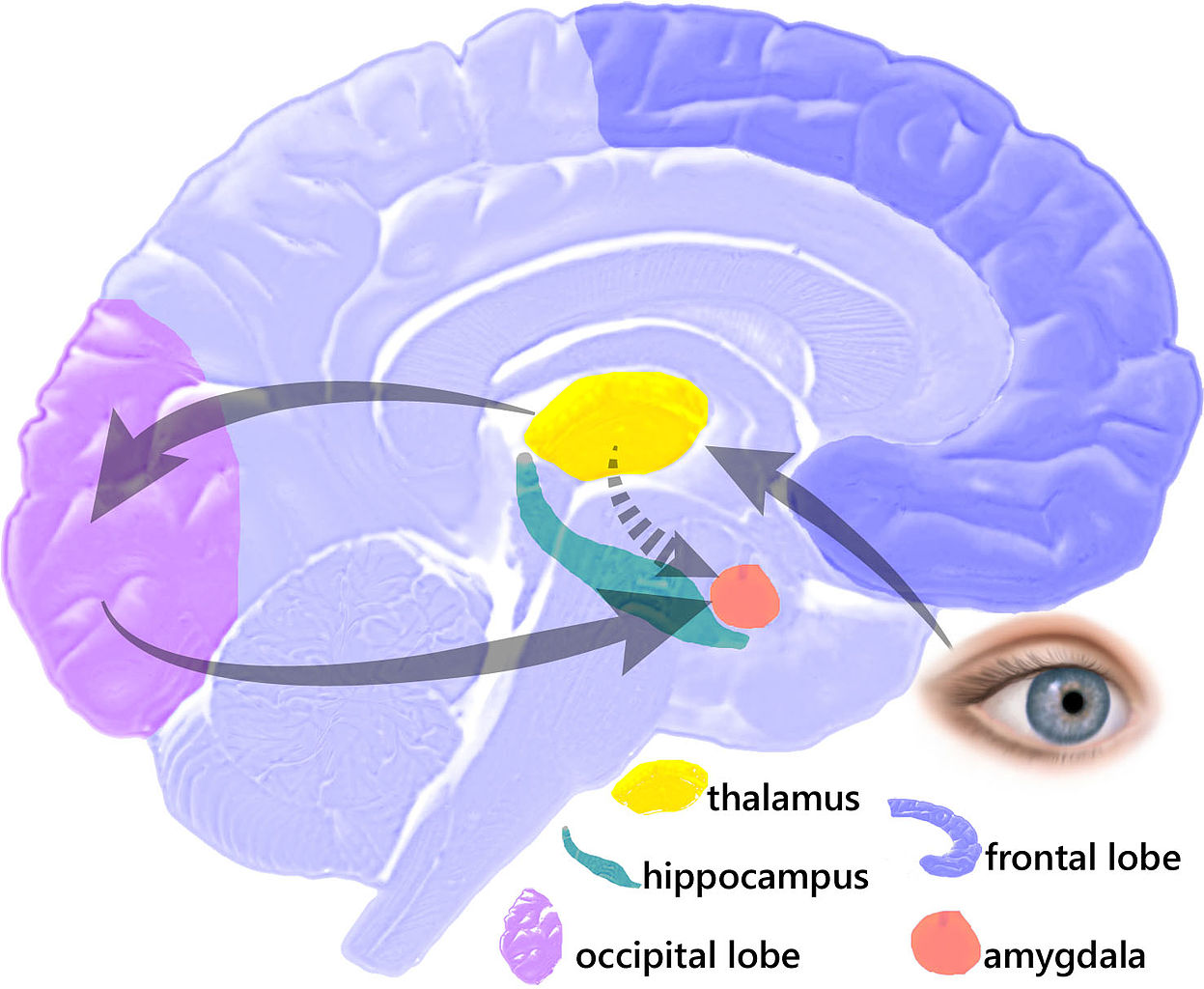Brain, heart, and hormone reaction to peril
The fight-or-flight response is a physiologic reply to a situation considered dangerous based on memory of a previous experience. It is instantaneous reaction. It is also a dramatic example of how the three primary control systems of physiology work in synchrony.
The brain initiates and sustains the fight-or-flight response. Sympathetic activity surges. The heart increases cardiac output ensuring a high level of blood flow to skeletal muscle. Skeletal muscle requires a large a large quantity of oxygen to produce energy for contraction.
Adrenal gland cortisol fosters delivery of high energy substates to contracting muscle, bolstering endurance and stamina. Adrenal epinephrine, also known as adrenalin, increases heart rate and contractility of heart muscle.
Brain’s recognition of danger
Brain’s recognition of danger must occur before a response can begin. Danger is a learned concept. Memory of previous events are necessary to initiate a fight-or-flight response.
Limbic system brain nuclei are the main drivers of the response to a perception of danger. The limbic brain acts before the conscious brain receives the sensory information.
Limbic System

The limbic brain responds to danger before the conscious brain, Open Stax College, Wiki Media Commons
This image illustrates the shape and location of the limbic system’s major structures in the human brain. The limbic structures are paired. One member of each pair lies in each hemisphere.
The thalamus sits above the brain stem. The thalamus classifies sensory information arriving from brain stem nuclei and the retina. The thalamus relays the new information to the to appropriate subcortical and cortical brain areas.
The hypothalamus lies immediately below the thalamus. Among other pursuits, hypothalamic nuclei regulate release of pituitary trophic hormones and participates in control of the autonomic nervous system.
The hippocampus cortical neurons specialize in episodic memory formation. The memory it produces combines the quality of an experience. It records what, where, and when elements of an event
The amygdala is located near the hippocampus in the frontal portion of the temporal lobes of the brain The amygdala encodes, stores, and retrieves autobiographical memories. It attaches emotional significance to them. Autobiographical memories are events in a person’s life.
The cingulate gyrus also participates in emotion formation and processing. It is important for linking motivation and behavior.


